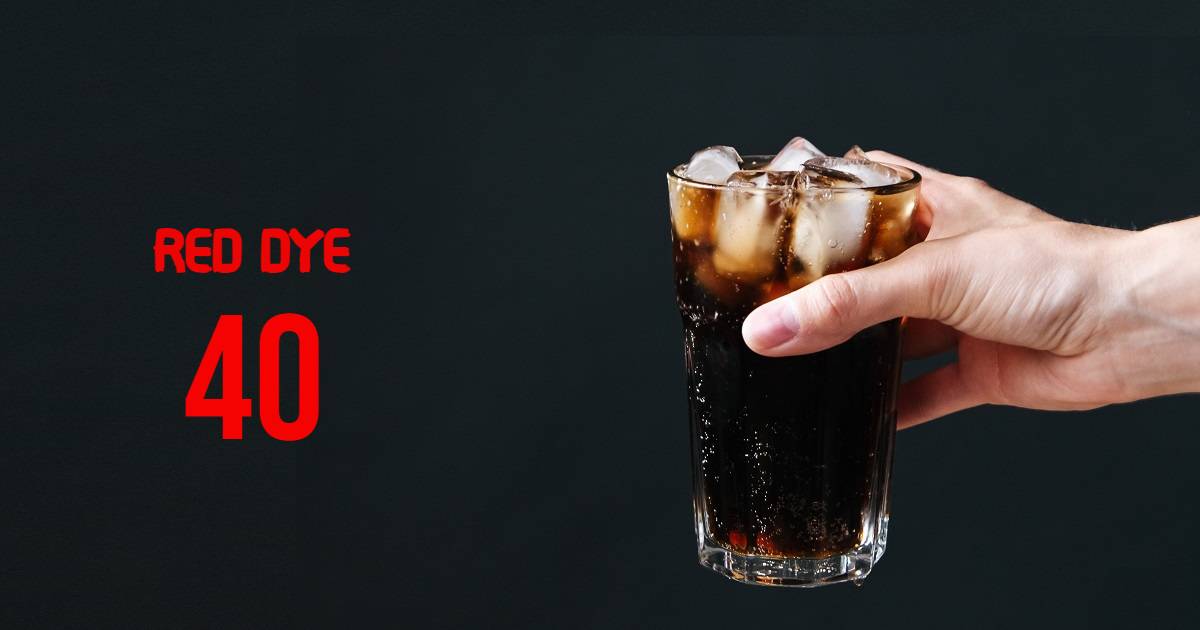The modern food industry relies heavily on food substances derived from petroleum, such as Red Dye 40, to enhance flavours, colours, and textures. However, mounting evidence suggests the potential risks of these substances, necessitating stricter regulations.
Red Dye 40, or Allura Red AC, is a synthetic food colouring agent derived from petroleum. Numerous studies have raised concerns about its potential health risks. These risks include hyperactivity, allergic reactions, and possible carcinogenic effects. It is essential to prioritize the well-being of consumers and take proactive measures to minimize these risks.
Red Dye 40 is widely used in various processed foods and beverages in North America. Products commonly containing Red Dye 40 include carbonated drinks, candies, baked goods, snack foods, sauces, and condiments. The presence of Red Dye, 40 in these everyday products highlights the need for greater regulation and oversight.
Red Dye 40 was created in the early 20th century by George H. Acheson, an American chemist. Initially used as a textile dye, it later found its way into the food industry due to its vibrant red colour. However, the potential health risks associated with Red Dye 40 have raised concerns about its widespread use in the food supply.
Several scientific studies have highlighted the potential dangers of Red Dye 40. These studies have examined its link to hyperactivity, allergic reactions, and carcinogenic effects. While additional research is still needed to establish conclusive evidence, the existing studies provide valuable insights:
- Hyperactivity: A study published in The National Library of Medicine 2012 suggested a potential connection between Red Dye 40 consumption and increased hyperactivity in children. The research was one of many factors that led to the dye being banned from many European countries.
- Allergic Reactions: A article published in the International Association of Wellness Professionals in 2016 detailing the allergic potential of food colourings, including Red Dye 40. The publication found that certain individuals experienced allergic reactions, highlighting the importance of caution, particularly among those with known sensitivities.
- Carcinogenic Effects: Many animal studies conducted globally have indicated a possible link between Red Dye 40 consumption and an increased risk of tumours. Red dye 40 contains benzene, a known cancer-causing substance.
European countries have implemented stricter regulations on food additives like Red Dye 40, prioritizing consumer safety. North America needs to follow suit, emphasizing the well-being of its citizens over profit margins. Stricter food laws would involve comprehensive risk assessments, more transparent labelling practices, and increased consumer awareness regarding potential risks associated with additives like Red Dye 40.
The potential risks associated with food substances derived from petroleum, such as Red Dye 40, highlight the need for stricter food regulations in North America. Studies indicate possible links between Red Dye 40 consumption and hyperactivity, allergic reactions, and carcinogenic effects. As consumers become more aware of these risks, authorities must prioritize public health over profits. By adopting regulations similar to those in Europe, North America can enhance consumer safety and promote transparency.
It is crucial for consumers to diligently check product labels when purchasing their favourite sugary treats or carbonated beverages to see if they contain Red Dye 40. By doing so, they can make more informed decisions about the potential risks associated with consumer products that contain this synthetic food colouring agent. Taking a moment to read labels empowers individuals to prioritize their health and well-being, allowing them to choose alternatives or moderate their intake accordingly.









